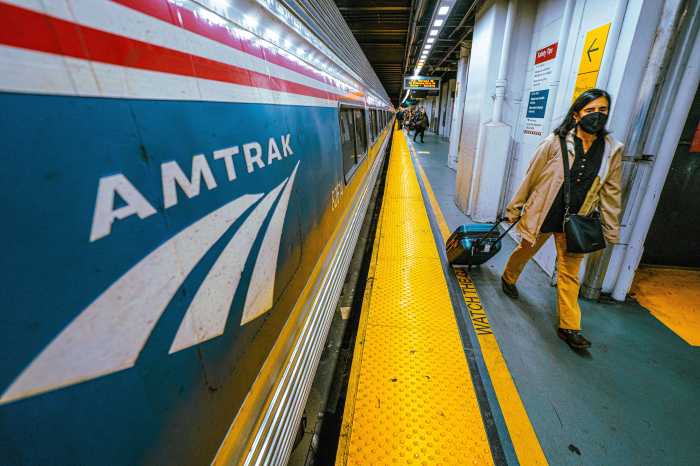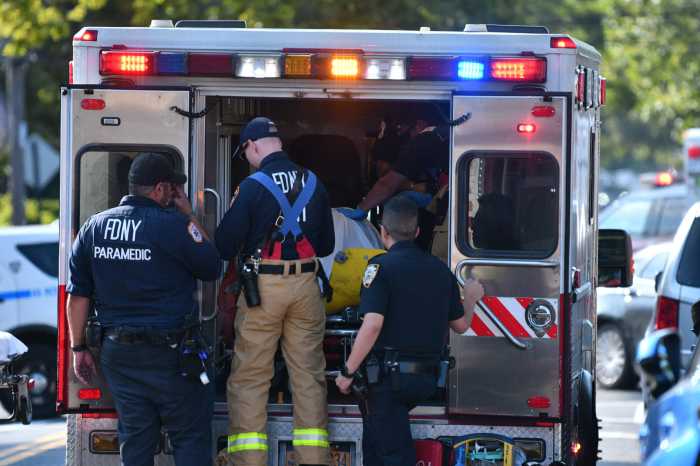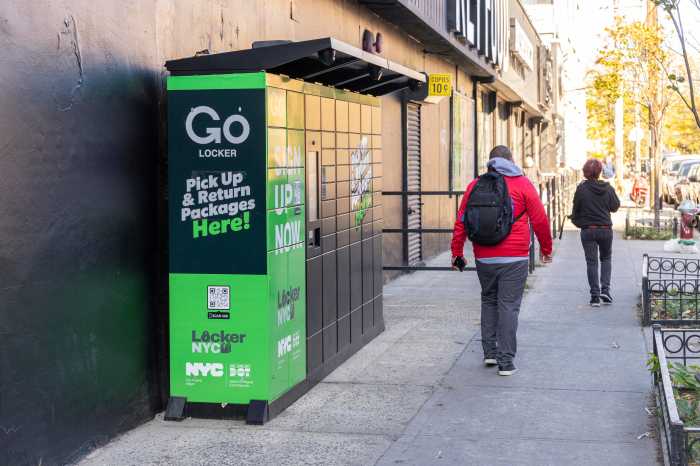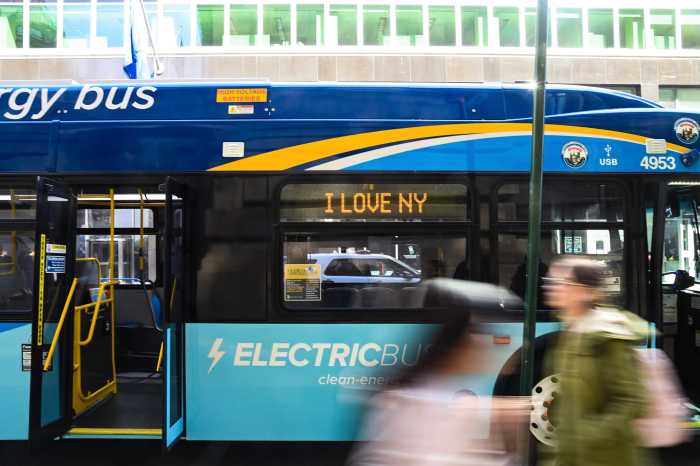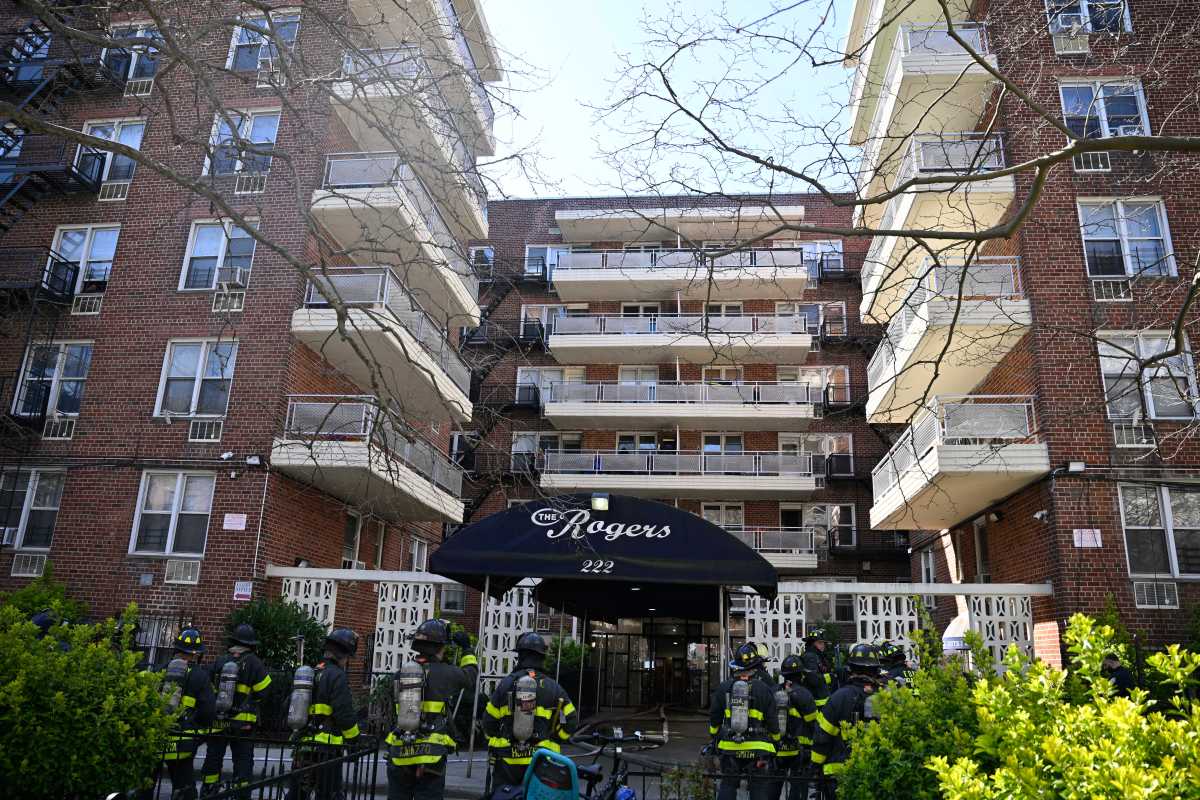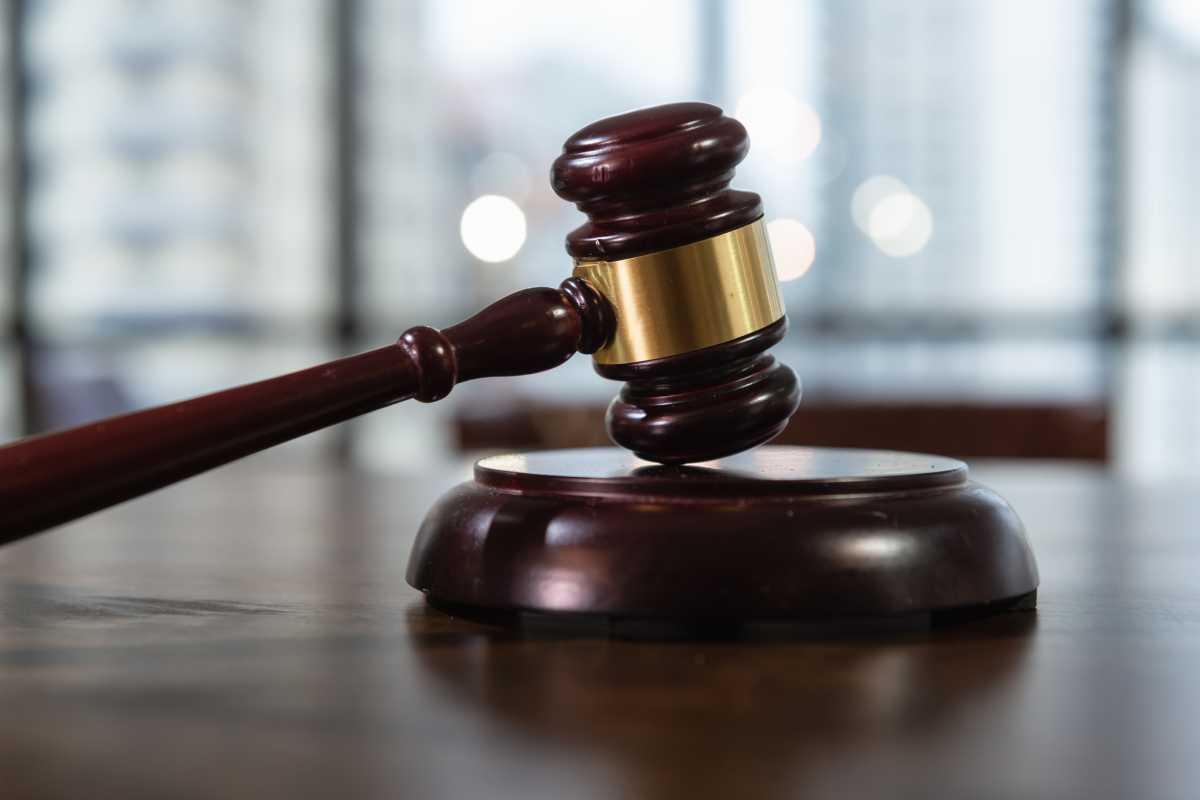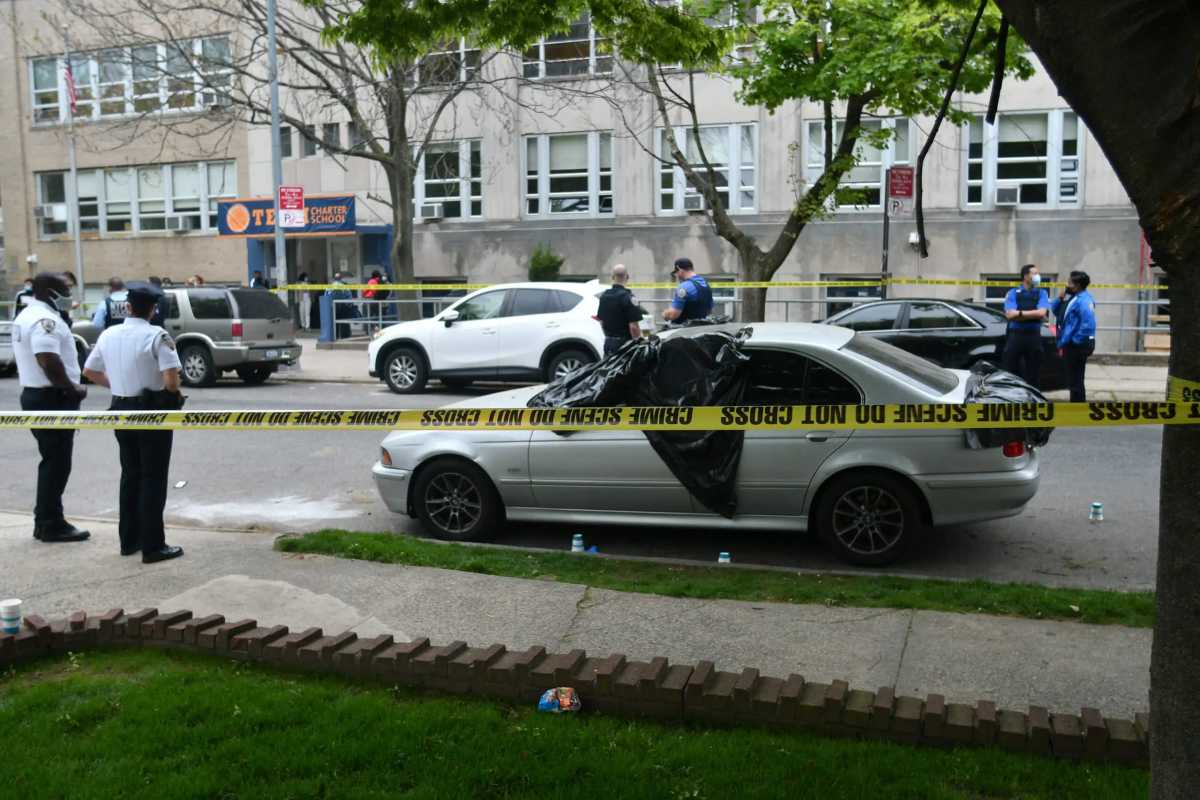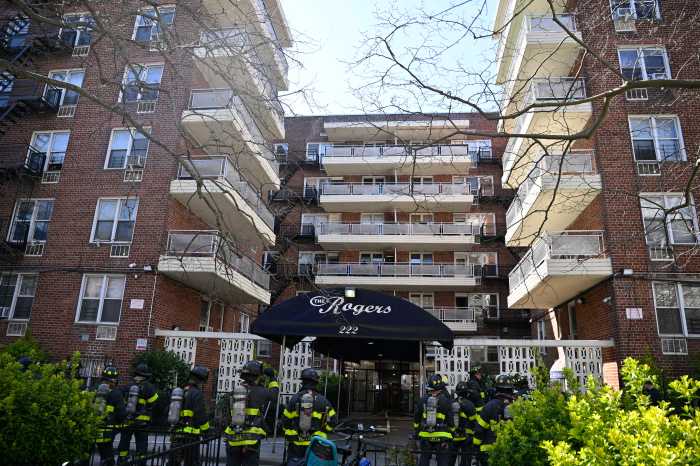As the MTA begins its slow phaseout of the MetroCard, experts and advocates hope its successor can provide a more equitable fare system.
A common criticism of the current MetroCard system is that only those wealthy enough to afford the single-purchase $121 monthly pass benefit from such savings. Low-income commuters have no choice but to pay the more costly per-ride option. The contactless system — set to completely replace the MetroCard by 2023 — could change all that.
“… With the [new] technology, if you in fact swipe through enough times in a month you could automatically be given the 30-day benefit,” said David Jones, president and CEO of the Community Service Society of New York and MTA board member. “The backend of this technology is sophisticated enough that it can tally how many times you are using the system.”
This policy is called fare capping. Cubic Transportation Systems, the company replacing the MetroCard, already has implemented such a feature in London, where it operates Transport for London’s fare system. On the Underground, Transport for London offers daily and weekly capping. So riders no longer have to decide if a daily or weekly pass would be most cost-effective for them. They can pay per ride until they reach the daily or weekly capping rates, at which point they could then continue riding the system for free.
“If you look at why the Oyster Card and contactless is so popular, one of the reasons is because of capping,” said Shashi Verma, TfL’s chief technology officer. “There is no way to really overplay it.
“What contactless allowed us to do is let us think more carefully and cater to the needs of the people using our system and the choices they need to make on a day-by-day basis,” Verma continued. “The daily cap also incentivizes people to use the public transport network, instead of using the road network. We don’t want them to be in taxis, to be driving, anything of that kind.”
While Transport for London has a significantly different distance-based fare structure, experts believe capping in some form could improve equity and affordability at the MTA — similarly to how the MetroCard transformed city travel by allowing for free transfers. The new technology would also allow the MTA to institute lower fares during off-peak hours, which Verma said has also increased ridership on the tube.
Some New Yorkers worry that the new fare tech will shut out commuters who do not have bank accounts or smartphones. But the MTA has pledged to meet the needs of all riders. Tap cards will be available to purchase with cash at station machines or in convenience stores. Changing fare policy, though, the MTA said, is a matter that must be resolved by its board when the time comes.
“The MTA’s new fare payment technology will be among the most advanced in the world, and accessible to everyone with both electronic and cash payment options,” said MTA spokesman Shams Tarek in a statement. “As for fare policy, the contract is independent of that and no decisions by the MTA Board have been made.”
Jones believes the new technology would also more easily allow for fare discounts for low-income riders, a policy CSS and the transportation advocacy group Riders Alliance have backed. His main focus at the moment is ensuring that MetroCard vending machines remain in working order during the card’s phaseout over the next few years.
“Breakdowns of machines at particularly isolated stations could leave people really in the lurch, and we’re worried about that. Essentially, you’ll have a subway station and a broken machine and people will just be out of luck,” Jones said. “This already happens now.”



